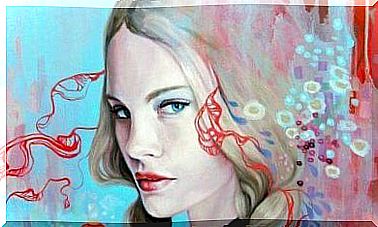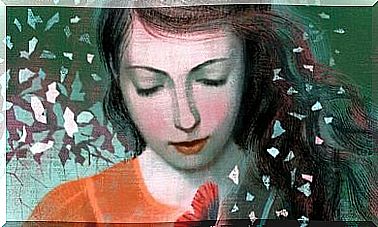Purkinje Cells, Heart And Brain Puzzles
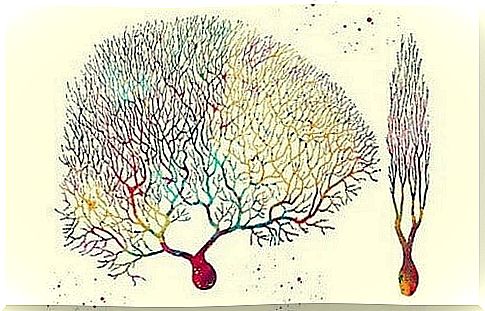
Seen under the microscope, Purkinje cells look like small Christmas trees. Neuroscientists call them a challenge and a mystery to research. They are found in the cerebellum and also in the heart, and according to several very recent studies, they could be somehow associated with the appearance of autism spectrum disorder (ASD).
The universe of neurology is almost as fascinating as the universe itself. Seen under the microscope, these cells attract attention due to their curious shape and their considerable size. Purkinje cells receive up to ten times more connections than all other neurons.
Scientists have been observing these structures for years because, unlike other inhibitory neurons, they are also capable of “turning off” the functioning of other cells outside the cerebellum. Their electrophysiological activity is so particular that it opens the door to possible treatments and approaches for different conditions. But it takes time.
The University of Tokyo, along with others, has been carrying out laboratory studies and observations on zebrafish for years in an attempt to understand the functions of these cells, but also their possible involvement in the development of certain neurological abnormalities.
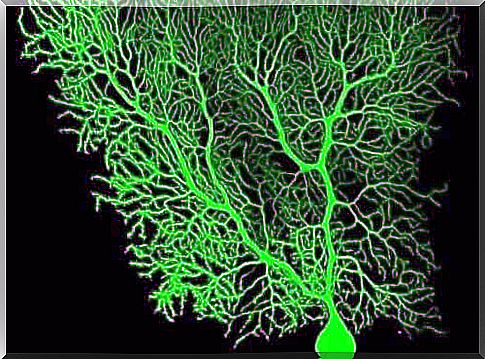
Purkinje cells: what they are and where they are found
Purkinje cells are gabaergic (ie, inhibitory) neurons. There are about 30 million in the cerebellum and as many in the heart. It is thanks to them, in fact, that the electrical impulse is produced and transmitted in the heart muscle.
They were discovered by Jan Evangelista Purkyně , a neurologist at the University of Breslau, in Prussia. In 1832 he observed them for the first time thanks to the achromatic microscope. Five years later he presented his discovery to the scientific community of old Bohemia, now the Blind Republic.
Years later, Camillo Golgi of the University of Pavia examined Purkinje cells by dyeing them with silver nitrate to shed light on their role in the body. Santiago Ramón y Cajal, of the University of Barcelona, would also conduct his research shortly thereafter. Later, in 1906, both scientists would receive the Nobel Prize in Medicine for their contributions to the study of the structure of the nervous system.
How am I?
As mentioned above, Purkinje cells are inhibitory neurons. We also know that they are very large and receive a large number of connections. Dr. Thomas Launey, director of the molecular research department at the Riken Institute, Japan, is one of the leading experts on these brain structures.
- As he himself explains in several studies, these cells are tree-shaped, with very branched dendrites and with only one axon from which they send electrical impulses.
- Each of these cell bodies is about eighty microns in diameter. In addition, they have the potential to inhibit excitatory neurons in the spinal cord.
- These neurons make it possible to “switch off other neurons located outside the cerebral cortex.
- On the other hand, we must also say that there are two types of Purkinje neurons : muscoid fibers (which originate from the brain stem) and climbing fibers (which descend from the medulla oblongata).
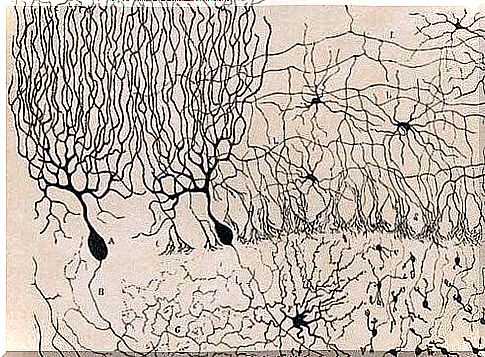
The inhibitory functions of Purkinje cells
Purkinje cells intervene in motor and learning processes. We cannot forget the large number of discoveries in recent years on the functioning of the cerebellum, precisely where these cells will undoubtedly have a decisive importance.
- Most Purkinje cells release a neurotransmitter known as GABA (gamma-aminobutyric acid), which exerts an inhibitory action on other neurons. In this way the nerve impulses are reduced in order to be able, in this way, to regulate and coordinate our motor movements.
- This electrophysiological regulation is achieved in two ways. Through simple dendrites (or ears), which exert an electrical action that oscillates between 17 and 150 Hz. But they can generate more intense electrical impulses, with a potential between 1 and 3 Hz.
- They promote concentration during the learning process.
Purkinje cells and autism
In early 2018, the journal Molecular Psychiatry published an interesting study conducted by the Harvard School of Medicine. According to the research, Purkinje cell dysfunction of the cerebellum could mediate the onset of autism spectrum disorder (ASD). This is a new hypothesis, developed only recently.
This anomaly appears to be of a genetic nature and the name by which it is indicated is tuberous sclerosis (ST). As we have seen, many patients with autism have very low levels of Purkinje cells. This causes behavioral disturbances, movement disorders, continuous hyperstimulation, with consequent social deficits.
Today, the production of Purkinje neurons from stem cells is being studied. At the same time, scientists are attempting to develop a protein that could help children reactivate the function and production of these important, even fundamental, structures. We are therefore awaiting further data and information that will pave the way for countless opportunities.



